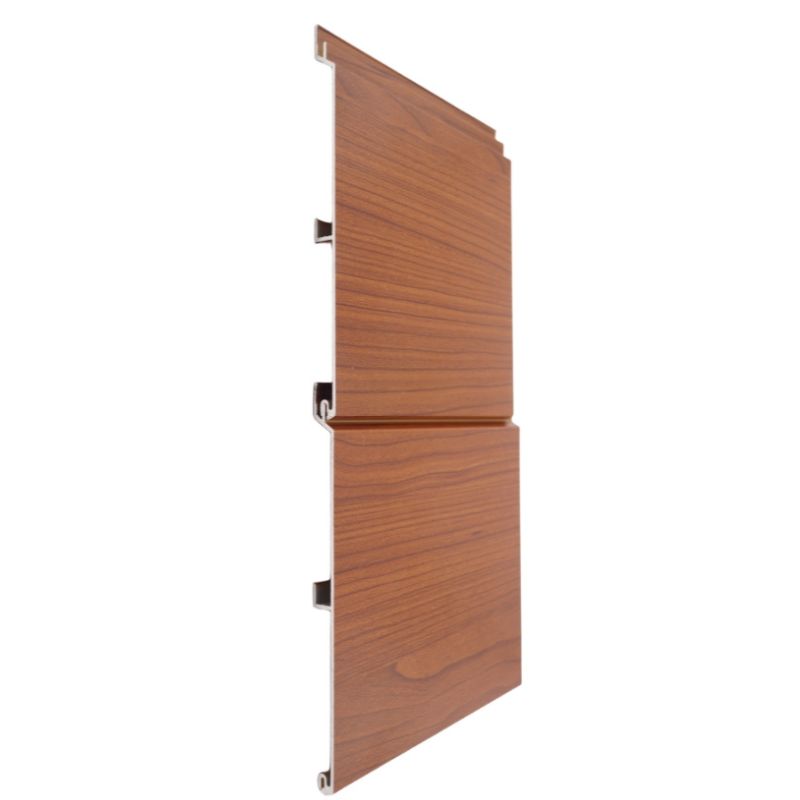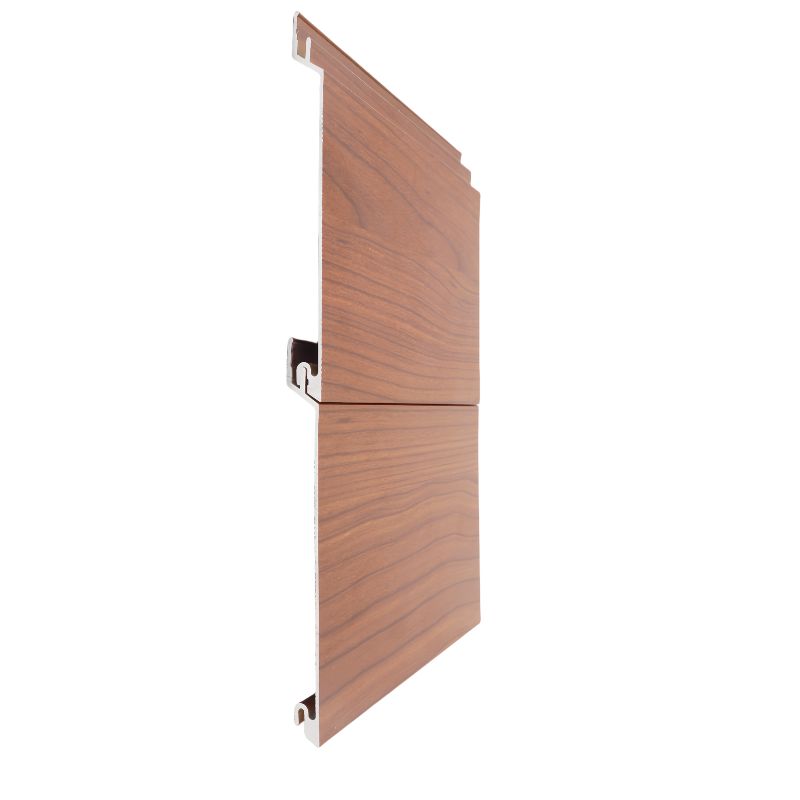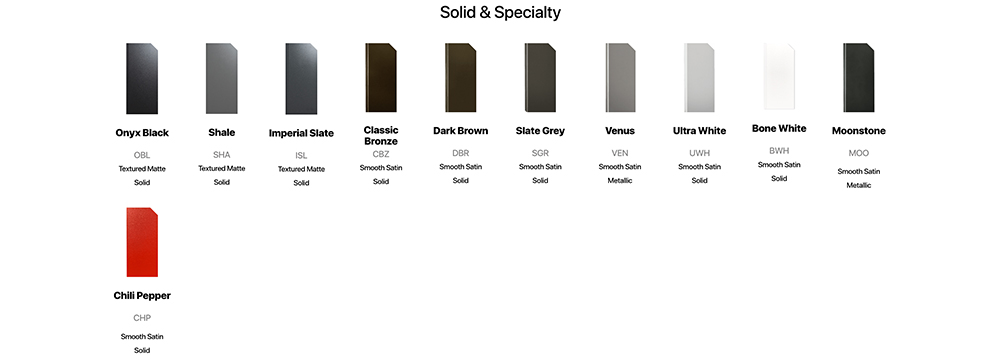
A Modern Take on the Traditional
Introduction
In recent years, aluminum fascia cladding has evolved from classic to contemporary, incorporating new materials and applications. Matrixtion’s aluminum metal cladding system epitomizes this progression, combining modern versatility with timeless traditional appeal.
Versatile and Sustainable
Matrixtion aluminum metal wall panels are a beautiful, sustainable, and versatile cladding material. Ideal for both interior and exterior use, they are engineered to resist weathering, fading, and the elements. This durability ensures Matrixtion will not rot, crack, or warp, maintaining an impressive appearance for years to come.
aluminum panel wall
Customization Options
Select one of our woodgrain colors for a modern twist on the traditional, or choose from our deluxe color range for a sleek, monochromatic look. These options allow you to create the perfect aesthetic any project aluminum panels for exterior.
Product Components
| Dimensions | stylistic | Length | Length 2 |
| 4"(100mm) | Smooth | 9ft (2780mm) | 18ft(5560mm) |
| 6"(150mm) | V-Groove | 9ft (2780mm) | 18ft(5560mm) |

6" V-Groove

4" Smooth Plank
Ease of Install
Our thorough and detailed installation guides offer simple to follow steps to increase efficiency and reduce time on the job site.
The sample images below are illustrative of some of the steps outlined in our documentation.



Aluminum fascia cladding and aluminum metal wall panels are increasingly becoming the materials of choice in modern building exterior design. These aluminum wall panels are favored by more and more architects and developers for their excellent durability, design flexibility and environmental protection.
First, aluminum fascia cladding provides excellent solutions in terms of building aesthetics and functionality. Aluminum is lightweight and easy to process, and can meet various complex architectural design requirements. Whether used for commercial or residential buildings, aluminum fascia cladding can provide a modern and stylish look to the building facade. Aluminum materials are highly weather-resistant and can resist erosion from extreme climate conditions such as high temperatures, heavy rains and strong winds, ensuring that the building facade remains bright and beautiful after years of use.
Second, the installation process of aluminum metal wall panels and aluminum panel wall is relatively simple, reducing construction time and cost. Aluminum wall panels are usually modular in design and can be customized according to the specific needs of the building. They are easy to install and are not prone to construction waste, which helps to reduce the overall cost of the construction project. At the same time, aluminum wall panels have low maintenance requirements and are not easy to fade, corrode or damage, reducing long-term maintenance costs.
Aluminum metal cladding not only performs well in functionality, but its environmental characteristics cannot be ignored. Aluminum can be fully recycled, which means that the use of aluminum wall panels can effectively reduce the impact of construction on the environment. Many building developers have begun to use aluminum as one of the first choices for sustainable building materials to achieve greener building design goals.
Finally, aluminum panels for exterior have a wide range of applications. Whether it is used for the facade decoration of high-rise buildings or for the exterior cladding of family homes, aluminum wall panels can provide lasting protection and elegant visual effects. Its diverse surface treatment methods, such as spraying, anodizing and coating technology, enable aluminum panel walls to show a variety of colors and textures, further enhancing the diversity of the building's appearance.
In general, aluminum decorative cladding and aluminum metal wall panels have become an ideal choice among modern building exterior wall materials due to their durability, environmental protection and design flexibility. With the advancement of technology and the increase in market demand, aluminum wall panels will play a more important role in future architectural design.